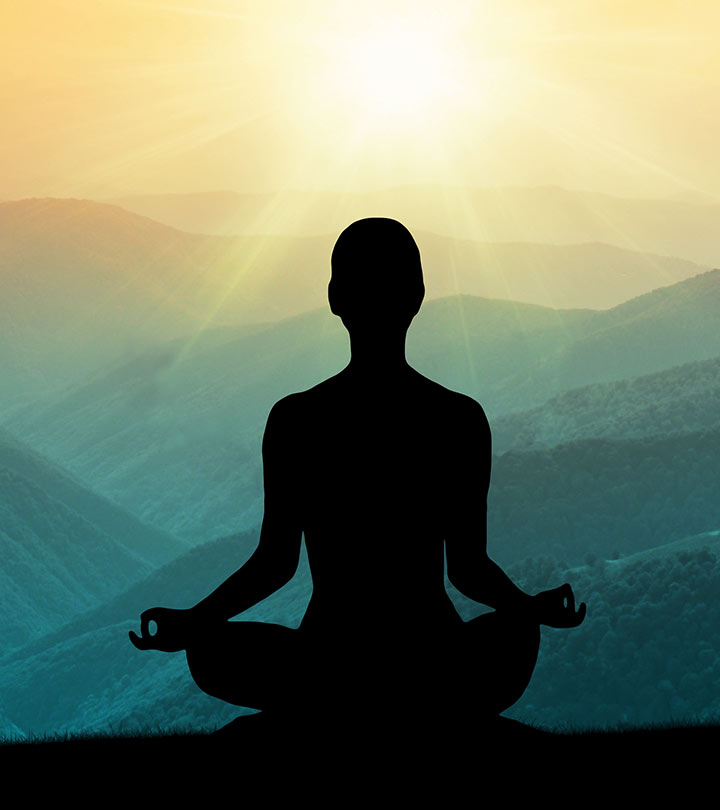Vinyasa means to arrange something in a “special way.” In Vinyasa Yoga, Yogis coordinate their movements with breathing to flow properly from one position to the next one. Vinyasa Flow Yoga includes Ashtanga, Baptiste, Jivamukti, Power Yoga, and Prana Flow. It is also described as flow due to the smooth poses flowing together. Vinyasa is the opposite of Hatha which focuses on a single pose at one time with rest between postures.
Vinyasa flow classes put poses together for a sequence. In Ashtanga, the sequence is fixed with positions done in the same way. However, many Vinyasa gurus opt to change the series of poses based on their preferences. In Vinyasa Yoga, the movement is matched with breath which serves as anchor as the student changes position. A simple Vinyasa is the Cat Cow Stretch while a more complicated version is called Sun Salutation. Every movement in this succession is prompted by i8nhaling and exhaling of breath.
Alignment and Breath
Alignment is essential regardless of the speed in practicing flow. It is necessary to sustain the correct form and position in stationary poses. Aside from keeping the body safe, this approach preserves an upright or erect stance while flowing through dynamic postures. With Vinyasa, the Yogi moves faster compared to other forms of Yoga but it does not mean moving unconsciously. Mindlessness is not permitted in this practice since Vinyasa is a type of moving meditation.
Breathing is always the central point of this practice in all Yoga schools. The breath serves as link between the mind and body or the other way around. It is vital to hold back once breathing becomes short and difficult. Or, hold your breath during complicated poses. Otherwise, you cannot control your body if you lose your breath which can result in injury. Vinyasa Flow syncs movement with inhaling and exhaling that matters a lot.
Determine Options
Vinyasa Flow translates to an all-levels practice. In other words, all Yogis are free to take part regardless of age, capability, shape, and size. Practitioners always have choice to slow down, go faster, take a rest, or modify posture. You have a variety of positions to select from. Faster does not mean better. In many instances, you flow rapidly through movements your bodies visited many times before. Unfortunately, you return to old positions which are not really correct.
Resting and Pain
In Vinyasa as well as other forms of Yoga, you should not rush and pay attention to appropriate postures within your physicality. The key is to move with reliability as you begin accelerating your flow. However, there are instances that you move carefully instead of moving with tempo. You can opt to rest in any Vinyasa Flow class such as assuming the child’s posture.
Take time to relax and avoid pushing through discomfort. There is no harm in resting your body and breath if necessary. Keep in mind Yoga means finding balance between strength and giving up. Vinyasa Flow is certainly not an exemption.

